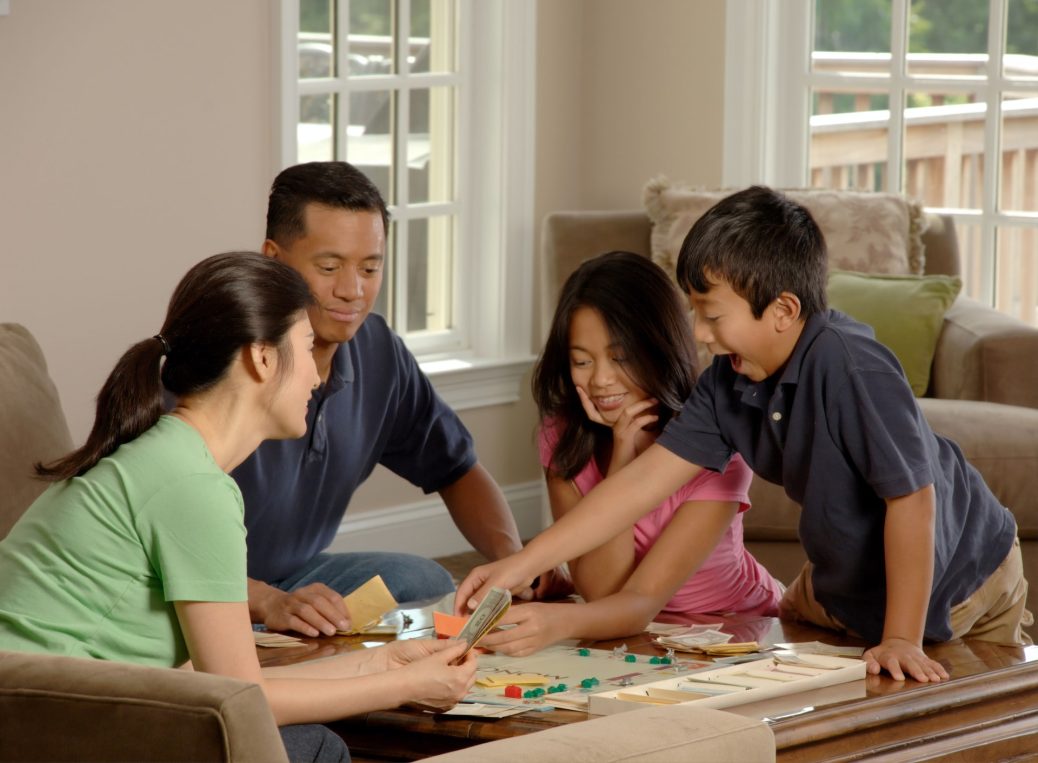Learn effective tips to improve speech and eye contact to help your child with autism. From using visual aids to practising clear and concise language, these tips can help your child communicate more effectively and confidently.
Giving poor eye contact and having speech issues are usually the primary developmental problems that children with Autism face. These are the basic features that help to learn and communicate. We are sharing some tips that would support you to improve the speech and eye contact of children with autism.
How to Improve the Speech Issues of Children with Autism
Here are some tips that may help improve speech in children with autism
- When children want you to do something for them nicely request them to say to bring it. Motivation is important here. You can motivate them, If you want to eat a banana say banana, say it properly. If you are requesting, and they do not say banana, even then give the banana after some requests.
- Make sure every person in the home calls the same thing or activity by the same word. Then your child will get confused in learning four additional terms for the same thing. Decide one term before introducing it to the child.
- Be conscious of how you communicate and convey. Many individuals handle their terms jointly or say without taking a pause.
- Provide a supportive and consistent environment. Creating a predictable and structured environment can help individuals with autism feel more comfortable. Which can in turn facilitate their ability to communicate.
- Use visual supports. Visual aids such as pictures, symbols, or written words can help individuals with autism understand and express themselves more easily.
- Use gestures and body language. Gestures and body language can help individuals with autism understand and express their thoughts and emotions.
- Provide opportunities for practising. Practice makes perfect, and this is especially true when it comes to communication. Providing opportunities for individuals with autism to practice their speech and language skills can help them improve over time.
- Use a speech-generating device. For individuals with autism who have difficulty speaking, a speech-generating device can be a helpful tool. These devices allow users to select pre-programmed words or phrases to communicate their thoughts and needs.
- Use positive reinforcement. Positive reinforcement, such as praising individuals for their efforts or providing rewards for successful communication.
- Work with a speech-language therapist. A speech-language therapist can provide tailored advice and support to help individuals with autism improve their speech and language skills.
- Encourage the use of alternative communication methods: For individuals with autism who have difficulty speaking, using alternate communication methods such as sign language or augmentative and alternative communication (AAC) devices can be helpful.
- Provide opportunities for social interaction. Social interaction can be challenging for individuals with autism, but it is an essential aspect of communication. Providing opportunities for individuals with autism to interact with others, such as through play or social activities, can help them develop their communication skills.
- Be patient and understanding. Improving speech and language skills can take time, and it is important to be patient and understanding during this process. Encouraging and supporting individuals with autism as they work on their communication skills can help them make progress. if you want to know and read about speech problems you can read our articles Improving Speech with Therapies and Techniques, 7 Things Speech Therapists can do for Special Children.
How to Improve Eye Contact of Children with Autism
- Some children with autism face difficulties processing language and looking at the same time, we can make their tasks easier if we use fewer words. This takes their action attempting to create a purpose for what we are communicating so that they can glance at us additional.
- Since it is easier for children to look downward, we should always try to position ourselves such that we are in front of the child and, at or below eye level. We can use a lying down position while he would be playing on the floor mat. We can also place him and all his toys on the sofa while we sit on the floor mat.
- Another way to enhance eye contact is to hold and keep items up to our eye level: This would create it more comfortable for a youngster to flick a peek at us as he comes out for the selected thing.
- Another method is to make it look more energetic. You can do so by boosting your impact and magnifying your indications. In addition to the point, you can also use like idiotic with a moving moustache or wearing a funny hat.
- The study has also discovered When you keep up the object, do not directly give it to him. Stay for your youngster to glance at you before giving it over. This allows rewarding his struggle for examining.
- Make sure the child is interested in what you are saying or doing. Children with autism may have difficulty maintaining eye contact if they are not interested in the topic.
- Use positive reinforcement: Use this method to encourage eye contact. Praise the child and provide rewards when they make eye contact, and gradually increase the amount of time they are expected to maintain eye contact.
- Use visual cues. It will help the child understand when it is essential to make eye contact. For example, you could use a visual schedule to show the child when it is time to make eye contact or use a visual cue, such as holding up a finger, to remind the child to look at you.
- Practice making eye contact in a variety of settings and with different people. This will help the child become more comfortable making eye contact and will help them generalize this skill to different situations.
- Making eye contact can be challenging for children with autism, so it is important to provide support and encouragement as they learn this skill.
- Reward good eye contact. Praise and reward your child when they make eye contact, and explain why it is essential. This can help reinforce the behaviour and encourage your child to continue making eye contact. Check out our other articles related to Eye Contact of Autism Spectrum Disorder, How to Improve Eye Contact in Autism.
- Be a good role model. Children often learn by imitating the behaviour of others, so make sure to model good eye contact yourself.
- A therapist who works with children with autism can provide valuable support and guidance to help your child improve their eye contact skills.
- Each child with autism is unique, and what works for one child may not work for another. It may take time and patience to find the right strategies and tips help to improve your child’s speech issues and eye contact problems, but it is possible with persistence and time.


